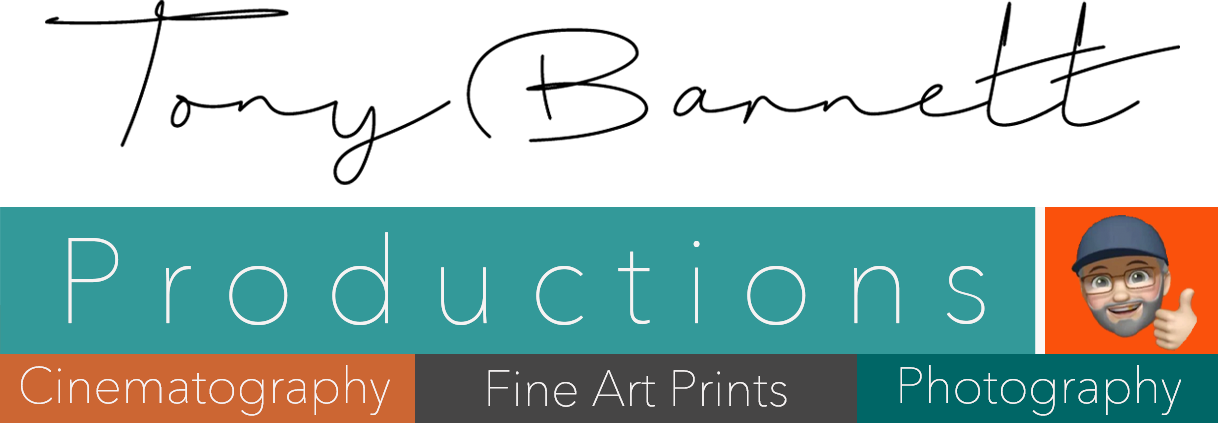3 Things you should know about a Moonbow!
What is a Lunar Rainbow exactly?
When the moon is full, the sky is clear and Victoria Falls are at their peak flow, huge rainbows appear through the mist at night. The light of the moon is refracted through the spray that rises up from the base of the Victoria Falls, causing a Lunar Rainbow or Moonbow!
2. Where can I find one?
Victoria Falls is the only location in Africa and just one of a handful of places on earth where this impressive natural phenomenon can be seen. Timing is key!
Lunar Rainbows occurs during the High Water Season approx February to June. If you are in Livingstone over a Full Moon during these moons, it is likely you will be able to see one once the Moon has risen. Victoria Falls Zambia remains open until 12pm* the night preceding the full moon, the night of the full moon and the night after the full moon.
*weather dependent! Please check at the Victoria Falls Entrance booth during the day to verify opening hours and payment. Be advised that payment for Lunar Rainbow viewing is charged at night, regardless if you have already visited and paid the same day.
3. How do I photograph a Lunar Rainbow?
Cameras rely on light to make pictures. When there’s not much around, like during nighttime photo shoots, you’ll need to adjust your camera settings to take in as much light as possible.
The key to creating a great picture at night is a long shutter speed (to take in light) and a low ISO (to maintain a clear image). The longer the shutter is open, the better the picture. Unfortunately, that also means any minor movement while the shutter is open could ruin your photo.
To keep the camera stable during long exposures, use a tripod. It helps to use the camera’s timer or a remote switch, too — you don’t want to accidentally shake the camera by pressing the shutter button. With your camera steady on the tripod, use the following settings for night photography:
Put camera on manual mode
Use long shutter speeds, between 30-60 seconds
Make the aperture around f/11
Utilize a low ISO, around 100 or 200
Set the white balance to auto
You should also set your camera to shoot in RAW format instead of JPEG. RAW images contain more information, so you’ll have more control over elements like lighting and shadows during editing — all of which are essential for night photography.



